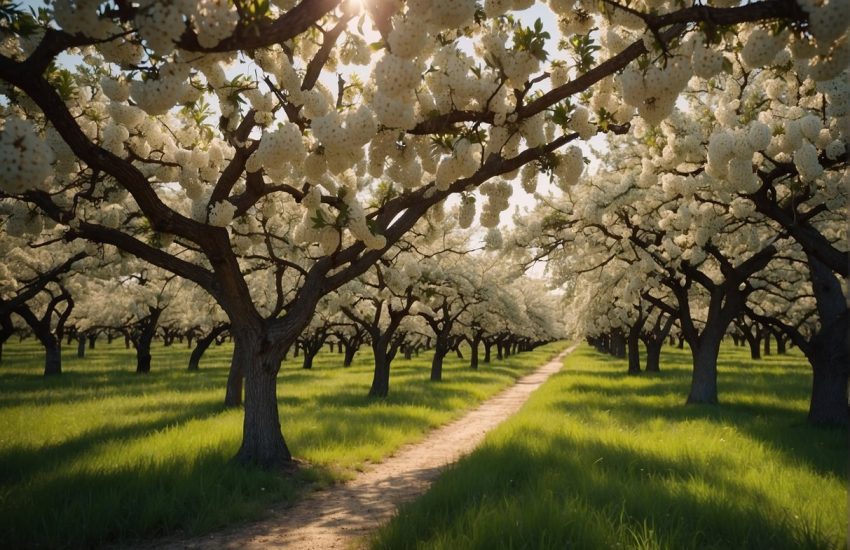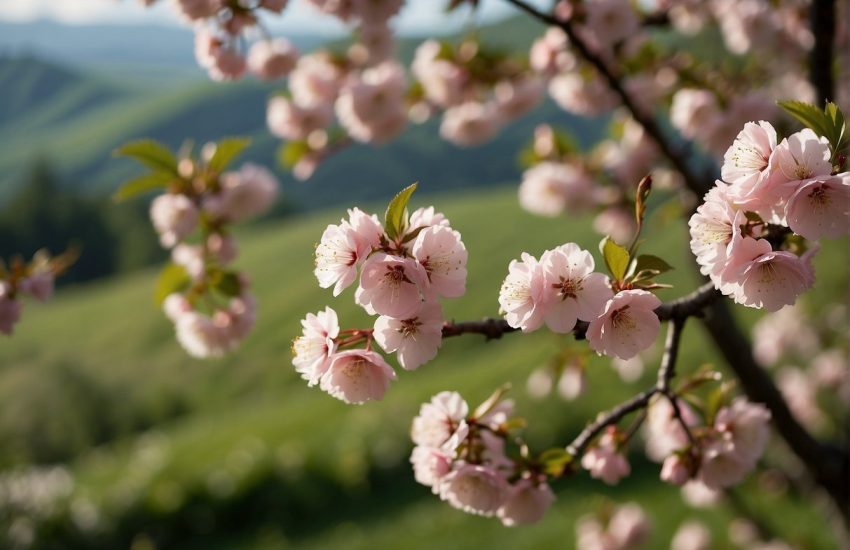5 Best Plum Trees To Grow In Louisiana
It is no exaggeration to say that many plants thrive in Louisiana’s climate, and plum trees are no different. Although many gardeners in the deep south have great success with plum trees, despite the fact that the tree does better in northern Louisiana due to its chilling requirements.
There are several varieties of Japanese plums (Prunus salicina) that are grown in Louisiana. Researchers from Louisiana State University also suggest that the varieties “AU-Cherry” and “Methley” can be grown.
It is possible to plant bare-root plum trees in Louisiana from November to February. It is recommended that container-grown trees are planted between February and May.
Damson Plum Tree
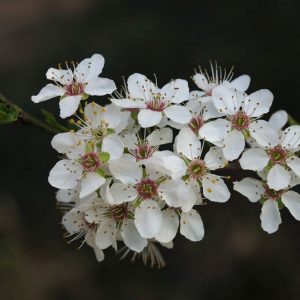
This Damson Plum variety (Prunus ‘Blue Damson’) is one of today’s most popular older varieties in America. It produces tasty plums and is highly adaptable! For hundreds of years, it has proved its hardiness!
As the seasons change, white blossoms adorn its branches. During the summer, those delicate blooms become tiny fruit that ripens slowly.
The bounty of your tree will amaze you by the end of August. The lovely purple skin and delectable yellow flesh of these plums make them delightful. Its flavor is spicy-tart and it is common to can, ferment, and preserve it. Freshly picked and still warm from the sun, you’ll find the fruit delicious to eat right off the tree.
Emerald Beaut Plum Tree
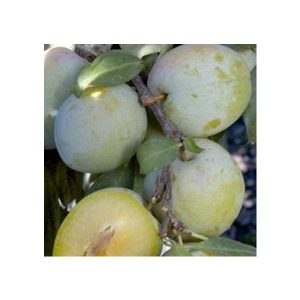
The Emerald Beaut Plum Tree (Prunus salicina ‘Emerald Beaut’) was developed for the market and performs like no other! It displays striking light green skin and greenish-yellow to orange crunchy flesh with a sweet, creamy texture.
It is a huge tree that flourishes in spring with a sensational display of fragrant white blossoms. Emerald Beaut is a large, wide-spreading tree. This stone fruit has a higher bearing capacity than other stone fruits, and it lasts for much longer than many other stone fruits.
In some cases they can stay ripe on the tree for a period of two or more months. As the ripe fruit dries longer on the tree, the sweetness will develop, but the fruit will still remain crisp and crunchy.
Elephant Heart Japanese Plum Tree
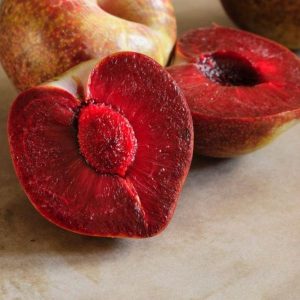
The Elephant Heart Plum Tree (Prunus salicina ‘Elephant Heart’) produces large, heart-shaped plums with sweet, juicy, richly flavored flesh that is red in color. The vegetables are firm and juicy, perfect for eating fresh or for canning or freezing.
The Elephant Heart plum, a Japanese variety, ripens in September when most plums are long gone, and produces a generous harvest. When you plant this tree among early fruiting varieties of plums, you will be able to extend your plum harvest for longer!
The Elephant Heart Plum plant was originally cultivated by Luther Burbank around the early 1900s. Because of its coloration, it is also sometimes known as the Burbank Blood Plum tree.
During its blooming period in the spring, this tree will be smothered in glorious white blooms that will attract lots of pollinators. There is nothing more delightful than the scent of these early spring flowers! Within a few weeks, a dense canopy of dark green leaves envelops the tree and awaits the autumnal season. As a result of this bright foliage, a lovely shade is provided in the autumn, in addition to providing fall color as well!
Spice Zee NectaPlum™ Tree
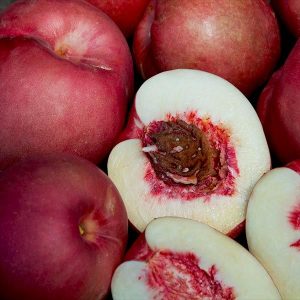
You can’t help but fall in love with this special variety. In addition to Spice Zee NectaPlum (Prunus x ‘Spice Zee’), there are nectarine peach plums as well as other hybrid fruits. It’s quite the mouthful, isn’t it?
Fruits with both plum and nectarines traits can be found in this delicious fruit. This beautiful and flavorful stone fruit has a bright personality due to the Peach parent, which enhances its flavor.
Your landscape design will benefit from this attractive tree. There are brilliant red leaves and incredible purple and pink blossoms in springtime.
Using carefully hand-pollinated seed, Zaiger Genetics developed Spice Zee NectaPlum. It’s a natural cross obtained by carefully cross-pollinating related trees.
Santa Rosa Plum Tree
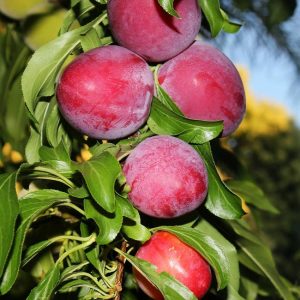
Your doorstep is filled with delicious Santa Rosa plums! Commercially and for home use, this tree is the most popular.
A delicious harvest of dark purple, sweet fruits is produced by these trees every year. These plants are self-fertile and can thrive in a wide variety of soil types… It is not necessary to cross pollinate plum trees, but two plum trees planted close together will increase fruit production.
Although the Santa Rosa tree is small, it produces an abundant amount of fruit.
During the months of June and August, Santa Rosa plums ripen. Eaten fresh, this fruit is delicious… As well as drying, this product is perfect for baking.
To encourage more branches on your tree, you have continually pruned it. In addition to more fruit, more branching means a healthier tree.
Flavor Queen Pluot Tree
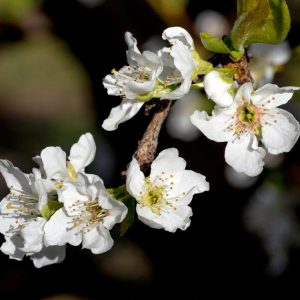
You can enjoy the flavorful fruits of the Flavor Queen Pluot tree right in your own garden. Pluots are loved for their candy-like taste and prolific fruit production. Their skin is greenish-yellow and their flesh is amber. Isn’t that the best part? This fruit combines both plums and apricots into a single fruit!
It blooms between early March and April with beautiful white blooms on the branches of this semi-dwarf tree. July is the season for ripening, producing 50 lb of fruit. There are a lot of tasty pluots to choose from.
Fruits that are delicious for making jelly and jam or for eating fresh can be harvested in the late summer. In addition to salads and baked goods, you can add them to them. Pluots, a hybrid of plum and apricot, contain nutrition and nutrients such as fiber, potassium, and Vitamin C.
Japanese plum trees and other plum hybrids are good pollinators for pluots. In general, pluots can bear fruit after 2-3 years.

